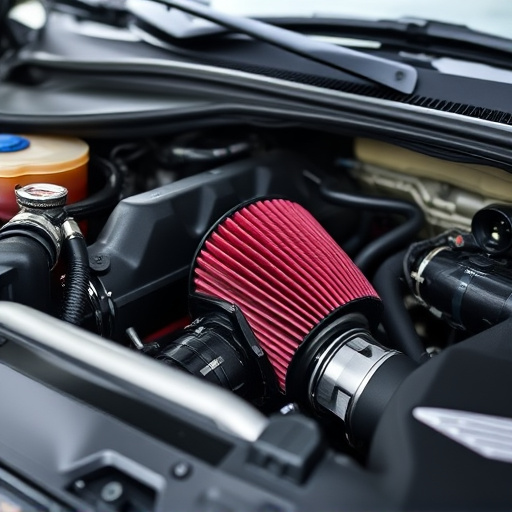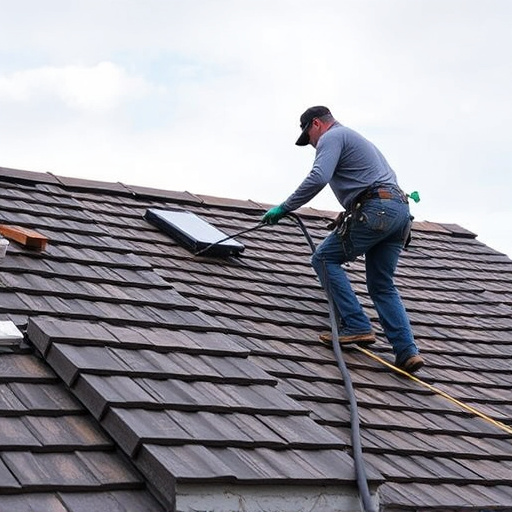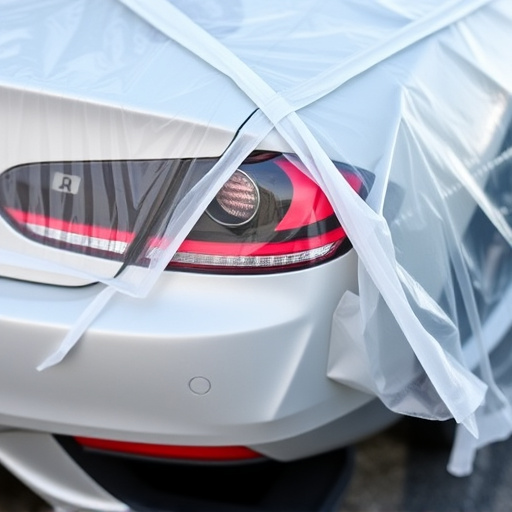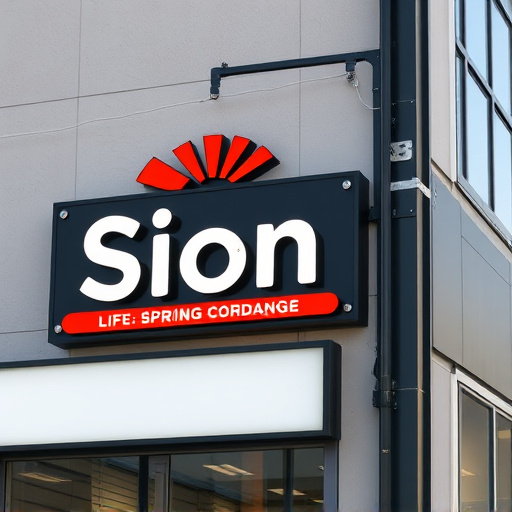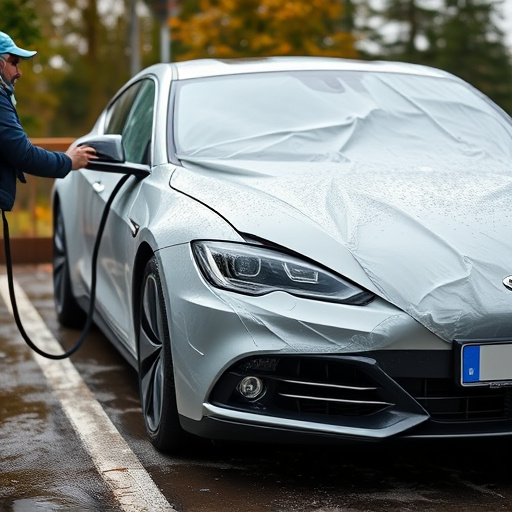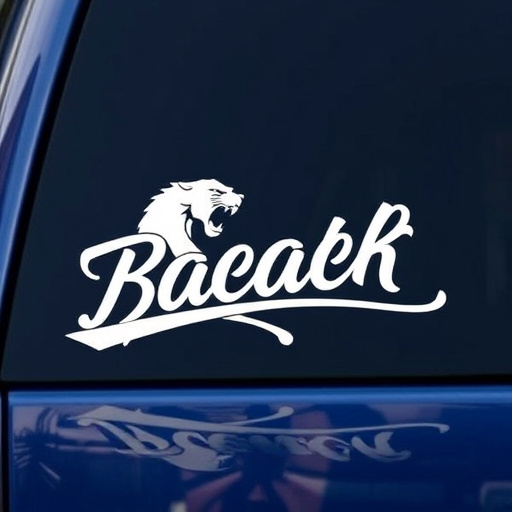Incompatible adhesives for vehicle decal installation cause damage; use specifically designed products for long-lasting results and professional finish. Proper surface preparation, including cleaning, decontaminating, and removing residues, enhances adhesion and visual appeal. Attention to detail during vehicle decal installation prevents issues like bubbles, peeling, and an unprofessional finish; offers scratch protection and heat rejection.
During vehicle decal installation, common mistakes can lead to long-lasting issues. To ensure a professional finish, avoid using incompatible adhesives that may cause peeling or discoloration. Don’t skip crucial surface preparation steps, as dirty or rough surfaces can result in poor adhesion and early detachment. Neglecting the proper application technique, such as improper alignment or excessive pressure, will also compromise the integrity of your decals. Follow these guidelines to achieve a flawless vehicle decal installation.
- Avoid Using Incompatible Adhesives
- Ignore Surface Preparation Steps
- Neglecting Proper Application Technique
Avoid Using Incompatible Adhesives

Using incompatible adhesives during vehicle decal installation can lead to severe issues, damaging not just the decals but also the car’s surface. It’s crucial to understand that not all adhesives are created equal. Some may not provide adequate bonding strength or could even cause chemical reactions with the protective coatings of your vehicle, leading to peeling or discoloration.
To ensure a smooth and long-lasting installation, opt for adhesives specifically designed for vehicle decal applications. These adhesives offer superior adhesion, promoting the longevity of your vehicle enhancement while safeguarding against scratches and other forms of damage. Remember, choosing the right adhesive is a critical step in achieving a professional-looking finish that protects your investment.
Ignore Surface Preparation Steps

Many DIY enthusiasts may skip surface preparation when installing vehicle decals, thinking it’s an optional step. However, this is a critical phase in the vehicle decal installation process that should never be ignored. An unprepared surface can lead to poor adhesion and an uneven finish. It’s essential to clean and decontaminate the area thoroughly before applying any decal to ensure optimal bonding.
Surface preparation involves more than just washing the car. It includes removing wax, oil, and other residues that might hinder the decal’s adherence. Additionally, ensuring the surface is dry and free from dust or debris is crucial for long-lasting results. Remember, proper surface prep not only enhances the appearance of your decals but also provides essential UV protection and heat rejection, especially with high-quality ceramic coatings.
Neglecting Proper Application Technique

Many enthusiasts rush through the vehicle decal installation process, but neglecting proper application technique can lead to a messy and unprofessional finish. It’s crucial to follow the manufacturer’s instructions and use the right tools for the job. Applying decals without the necessary preparation, such as cleaning the surface and ensuring it’s free from dust or debris, will result in poor adhesion and an uneven appearance.
Moreover, improper placement and alignment can cause bubbles, wrinkles, or even peeling over time. Using a squeegee or applicator tool correctly is essential for creating a smooth surface and eliminating air pockets. Remember that car customization goes beyond aesthetics; properly installed decals also serve practical purposes like scratch protection or heat rejection, so taking the time to do it right is vital for both functionality and long-lasting appeal.
During vehicle decal installation, avoid using incompatible adhesives, skipping surface preparation steps, and neglecting proper application technique to ensure a long-lasting, professional finish. Following these simple guidelines will help you achieve optimal results for your vehicle’s custom look. Remember, attention to detail is key in the vehicle decal installation process.




